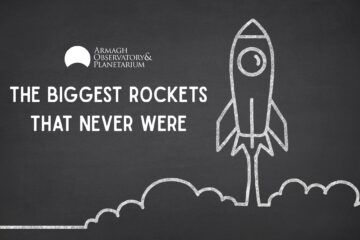SpaceX makes history today as, alongside NASA, it sends two astronauts to the International Space Station (ISS). The firm has been taking cargo to the satellite many times before, but this is a momentous occasion as it is the first time a private company has sent humans to the ISS. The launch will occur from the Kennedy Space Centre Complex 39A which is the famous pad of the Apollo 11 launch.
Why SpaceX?
Nasa has been planning to hand over the transport of crew since the early 2000s. Since the Columbia Space Shuttle retired, NASA has had to pay for a seat on the Soyuz in Russia. This launch will mark the first time humans have left US territory to reach Low Earth orbit in almost nine years. SpaceX has been providing commercial and government launch services on its Falcon 9 and Falcon heavy rockets. Entrepreneur Elon Musk founded the company in 2002. His goal is to reduce space transportation costs and eventually enable the colonisation of Mars. This historic day is a step in the right direction to achieve this goal!

The Spacecraft: Crew Dragon
Crew Dragon is the name of the SpaceX capsule that will carry NASA astronauts Bob Behnken and Doug Hurley. Crew Dragon stands at just under 27 feet tall and 13 feet all around. Unlike the Soyuz which is built to carry 3 astronauts, Crew Dragon is designed to carry 7 astronauts but NASA have decided to use it to carry 4 astronauts with room for cargo and supplies. The Spacecraft is a sleek evolution of the Dragon Spacecraft which was originally built to bring cargo to the ISS. It includes its own system of small rocket engines for directional control in space. It also has touchscreen system rather than the traditional push buttons!

The Rocket: Falcon 9
Falcon 9 has been used previously to launch SpaceX’s spacecrafts into low earth orbit. It stands at nearly 230 feet tall! One great feature of this rocket is that the large lower portion of Falcon 9 known as the ‘booster’, will re-enter the Earth’s atmosphere and try to land on the company’s drone ship in the ocean. SpaceX has landed its Falcon 9 rocket boosters over 40 times!

The Mission
Crew Dragon should be in Earth’s orbit within 8 minutes, but it will reach the ISS after about 19 hours of flight. Docking with the ISS will be the trickiest part of the mission. Both the ISS and Crew Dragon will be moving at tens of thousands of miles per hour. Once Crew Dragon, Behnken and Hurley will become part of the crew on the ISS. It is not fixed yet how long the astronauts will stay aboard the ISS, but it could be up to 119 days – so watch this space!




0 Comments